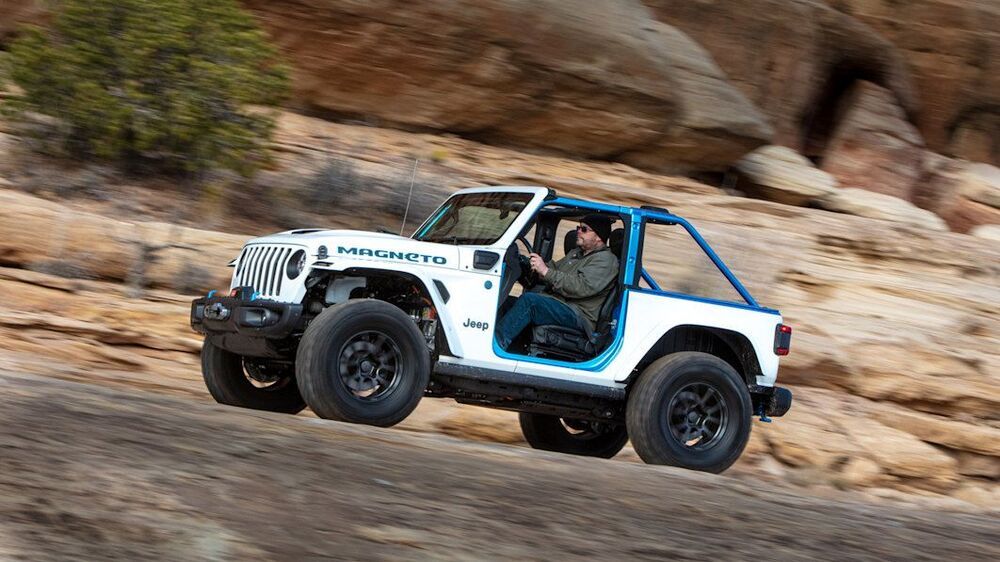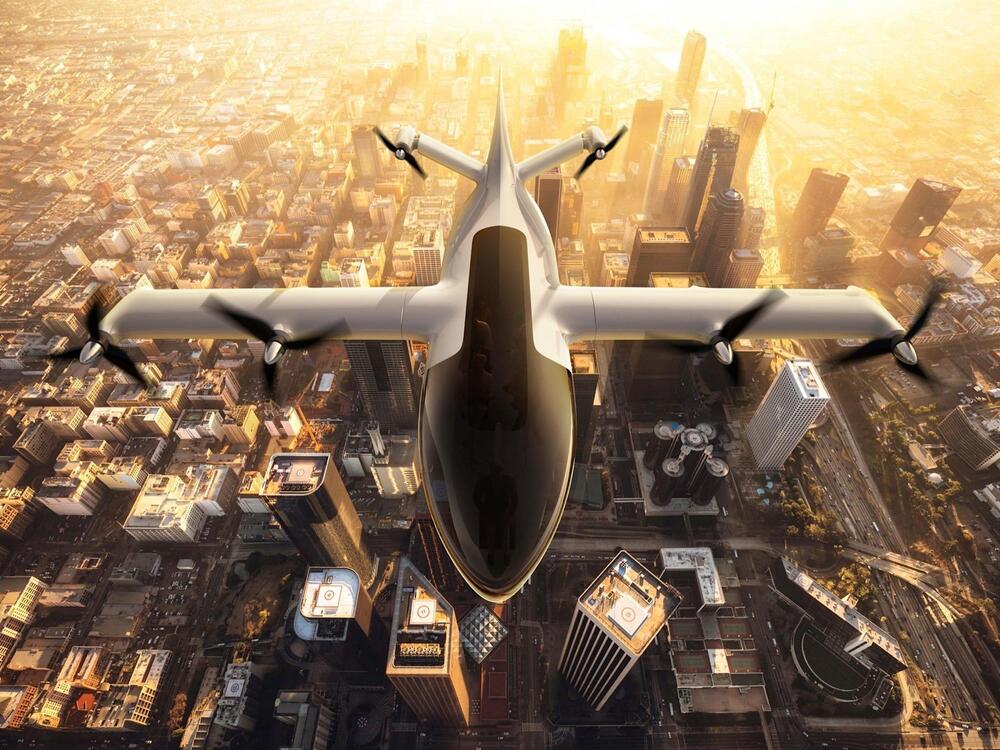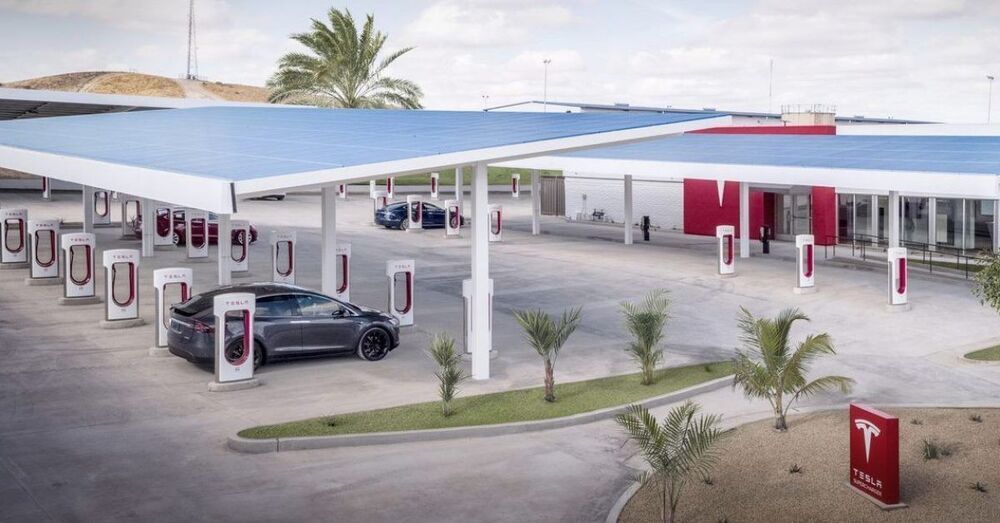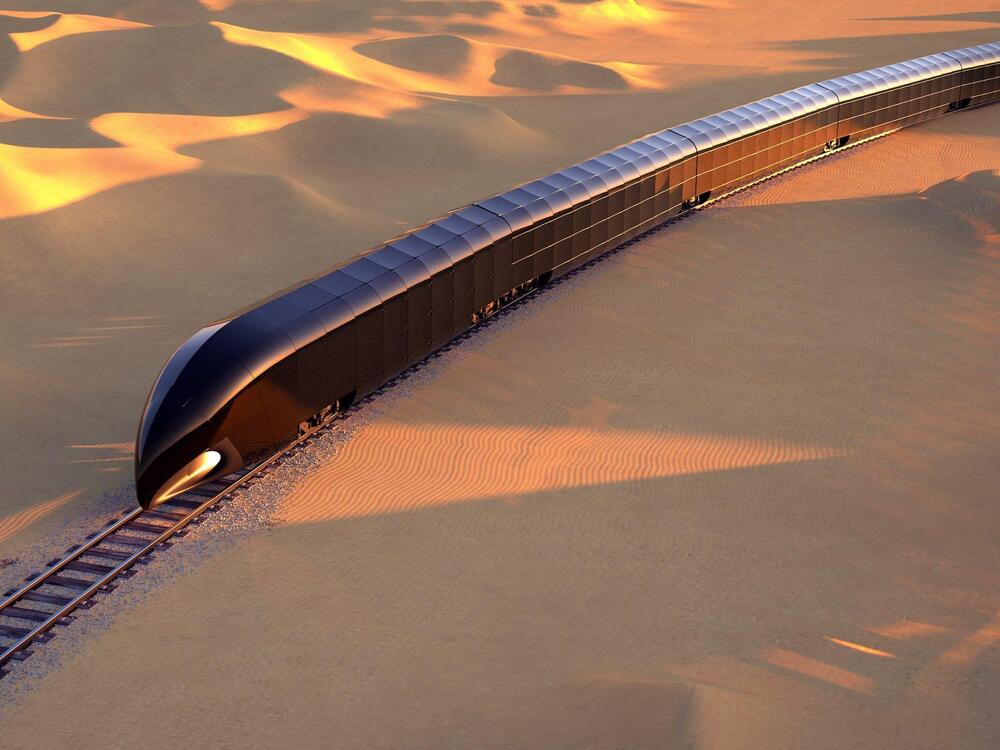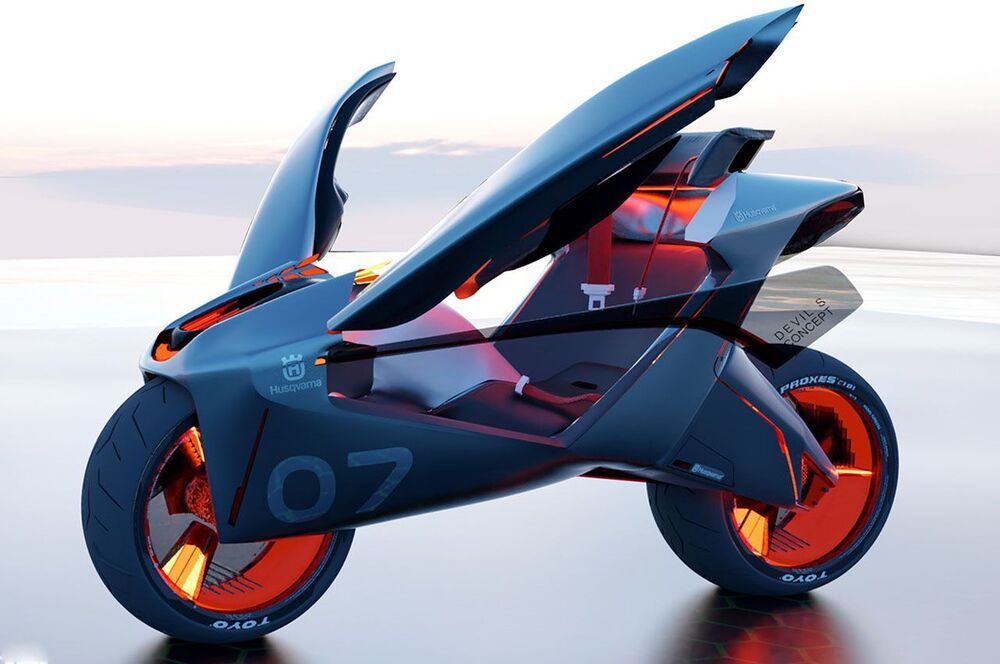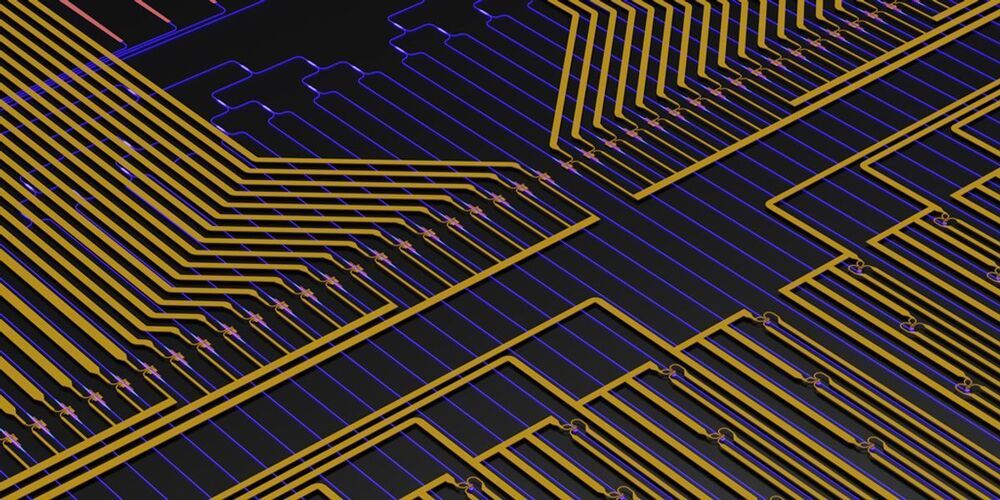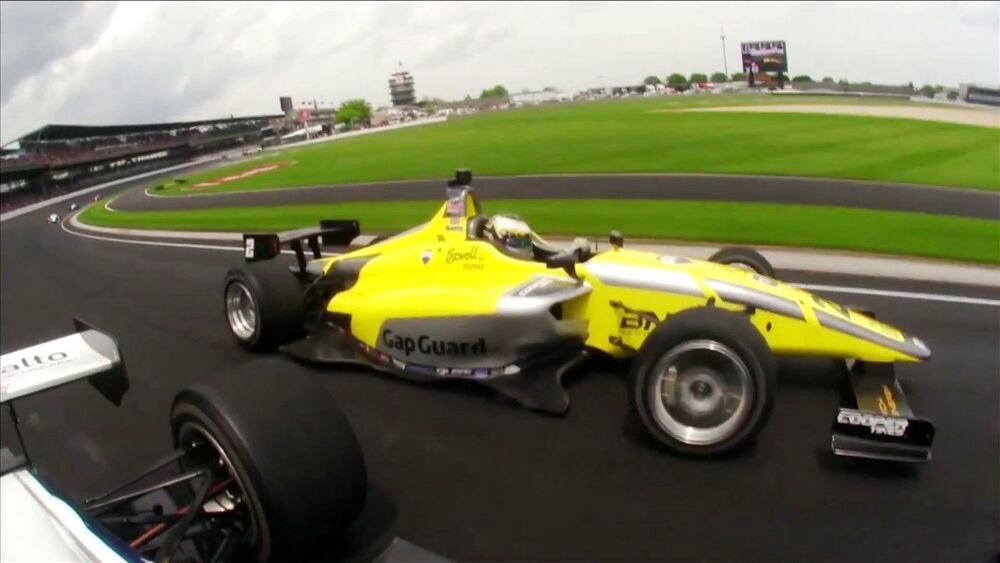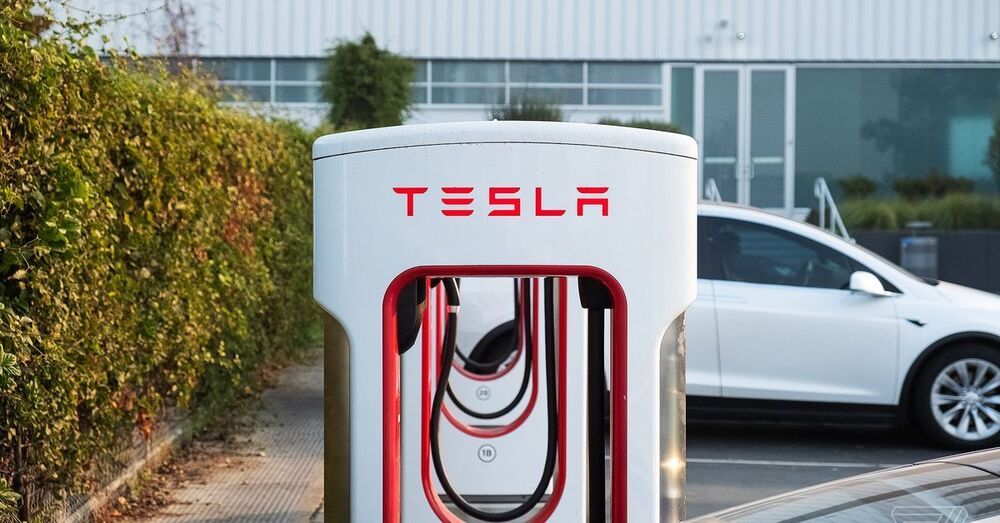Aug 4, 2021
Jeep announces its first EV will make its debut in early 2023
Posted by Quinn Sena in categories: sustainability, transportation
Jeep and Dodge are putting a much bigger focus on electrification now that they’re part of the Stellantis group. Jeep plans to release its first series-produced electric vehicle in 2023, and Dodge said its first plug-in hybrid will land in 2022.
Both models appeared on a product roadmap that Stellantis distributed to investors this month. It focuses on electrified vehicles, so it doesn’t list the upcoming non-electrified launches, and it sheds light on what the future has in store for all of the carmaker’s brands. Specific details like the type of car planned weren’t publicly released, so there’s no official word on what Jeep’s first EV will look like, but our crystal ball reveals two likely possibilities.
One is a production version of the Magneto concept (pictured) introduced earlier in 2021. It’s essentially a current-generation Wrangler powered by an electric motor that spins the four wheels via a six-speed manual transmission and a two-speed transfer case. It’s futuristic but not unrealistic, so we wouldn’t be surprised to see it reach showrooms in the coming years. However, another possibility is that Jeep could build a smaller, likely car-derived EV to sell on the European market, where emissions norms are extraordinary strict and the fines for exceeding them are immense. If that’s the case, the model would likely borrow parts from the Stellantis parts bin.
